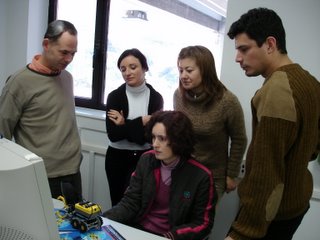The next task is to make a robot faster than everybody else's.
Sounds simple. It is not.
I really love watching the results of our workgroups. I always learn from your efforts. What I have seen all of you make is exactly what any coach would expect. That is not a bad thing. I see it as the first thing. You all made dragsters that you say go fast.
What I would like you to consider is this: How do you know the robot "goes fast?" Prove it to yourselves then prove it to me.
The fastest team will not settle for the first design built. The fastest team will figure out a way to measure the speed of the robot. Then they will analyze all of the data at hand like the gears, the design and the speed trials.
Then a new robot will be built. It will be slower or faster. If you can tell how much faster or slower exactly and maybe why, then I know you learned something.
I want you to have an internal desire to use scientific methods to make the fastest robot. Here is an example of what I mean:
Let's look at a cars velocity. How is a car's velocity measured? The speedometer? How about the policeman's radar gun? A race fan's stopwatch? Everyone in class is measuring their robot's speed usinng their watches. Some have actually measured more than one trial! There is much error when using a watch.
Is there another method to measure a robots speed? Does Robolab offer any oppurtunities to count or measure speed, time or distance which are all factors of velocity? Can you build a "radar gun" and measure the robot's speed externally?
I can think of many different ways to measure the speed both externally and internally using Legos, the RCX, and Robolab. I want you to come up with an idea to measure the speed and make it happen. Then you should have a dependable way to create the data necessary to evaluate the effectiveness of your "fastbot."


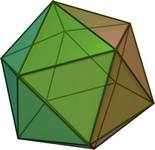


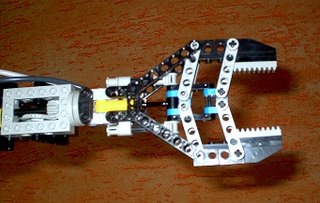

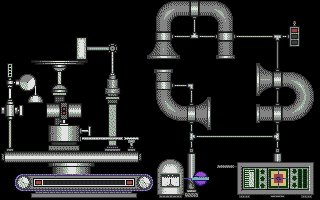
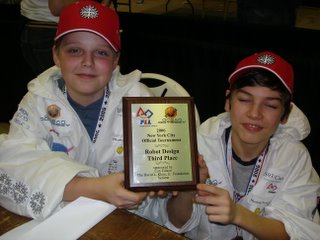




 alt="" />
alt="" />
